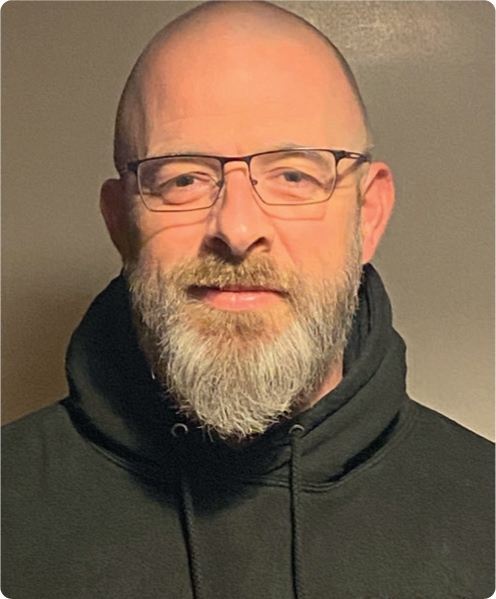
Over the last few weeks, I have been on placement at one of twenty-seven Major Trauma Centres located across the UK, Royal Stoke University Hospital (RSUH). As a well-established teaching hospital, it is used to having medical, nursing and midwifery students. However, this academic year, for the first time, it has welcomed paramedic students from Keele University.
The difference between working in a hospital environment and a prehospital environment is considerable and, with this, came a certain amount of apprehension prior to the start of my placement block. However, I soon started to find my feet and settle into each department.
My first week was spent with the medical nurse practitioners (MNPs) as part of the hospital-at-night team. As independent practitioners, they assess and treat patients when conditions change, can prescribe should extra medication or fluids be required, and they also respond to other various emergencies across the hospital complex. I expanded my knowledge of the importance of documentation, most notably, medication charts. I also had the opportunity to assess patients and interpret test results alongside MNPs prior to them making decisions about medications.
My second week was spent with the team at ambulatory emergency care (AEC), which provides same-day emergency care to patients that have been referred by GPs within the community and the accident and emergency (A&E). It is staffed with healthcare assistants, nurses, specialists nurses, foundation-year doctors, registrars, and consultants. The final week of this placement block was spent working with the staff of the surgical assessment unit (SAU), which provides patients with access, via GP or A&E referral, to emergency surgical assessment and onwards to theatre should it be required. They assess and clerk patients, and decide about onward referral to surgical consultants or other sources of care.
Both AEC and SAU allowed me to see far more patients than I would on the average 12 hours ambulance shift. I also had the opportunity to put into practice some of the more advanced knowledge that I had been taught at university. With guidance of nursing and medical staff, I was interpreting test results, electrocardiograms and blood gases, assessing patients, discussing possible diagnoses and onward treatment. One particular benefit of seeing so many patients was the opportunity to practise venepuncture and cannulation. The majority of patients required bloods taking and many required cannulation. As a result, the nerves that I felt when embarking on placement, particularly with regards to cannulation, were soon assuaged. I was also lucky to spend some time in theatres observing such things as a laparoscopic cholecystectomy.
My last placement block was also an excellent opportunity to practise skills, further develop my knowledge, and learn about how the hospital works and the differing roles. Since starting my journey towards becoming a paramedic, I have thought it to be of great importance for all involved in the care of patients to understand the roles and skill sets of others. This was the perfect opportunity for me to start to develop that knowledge.

